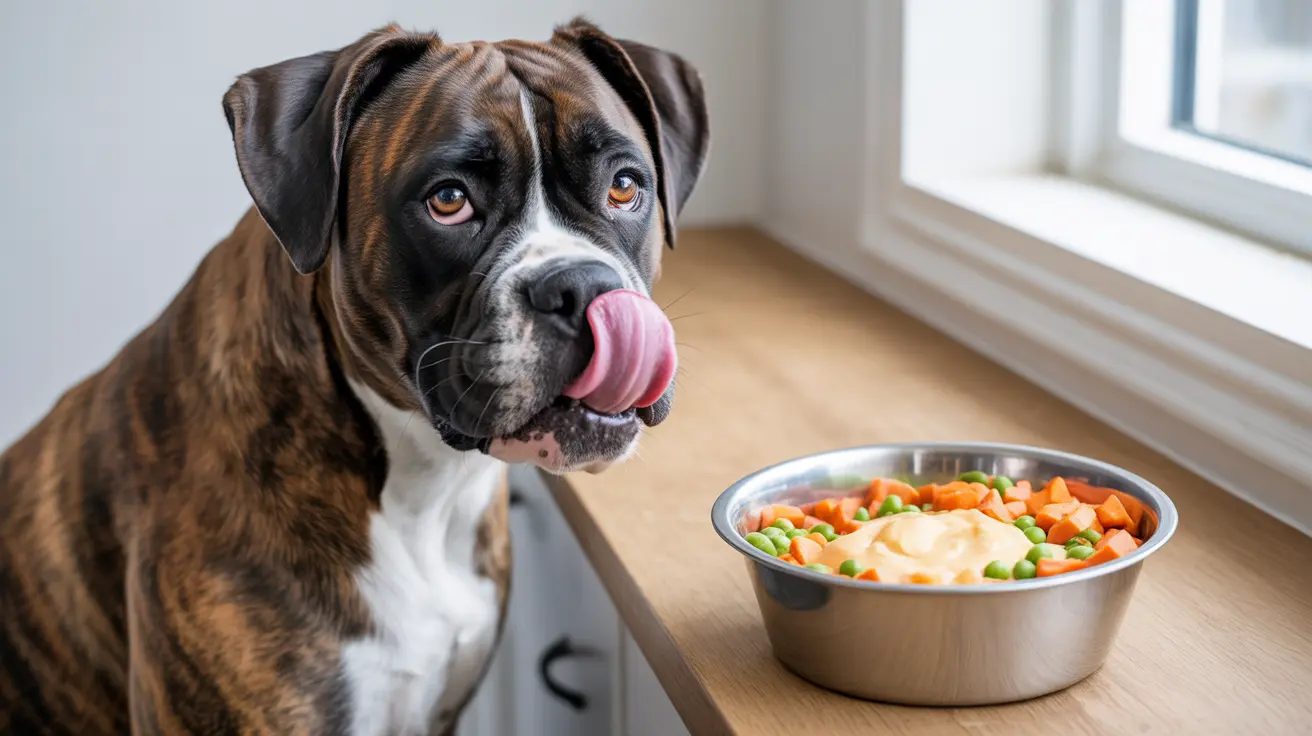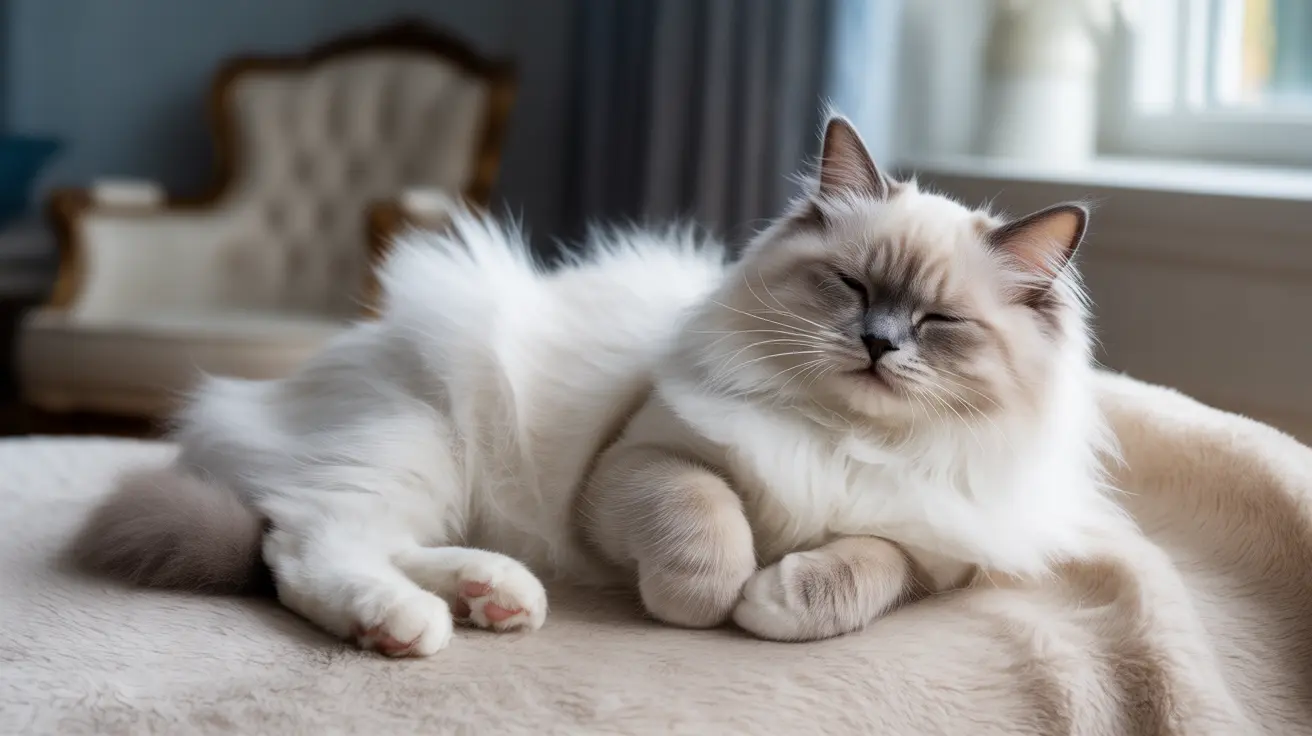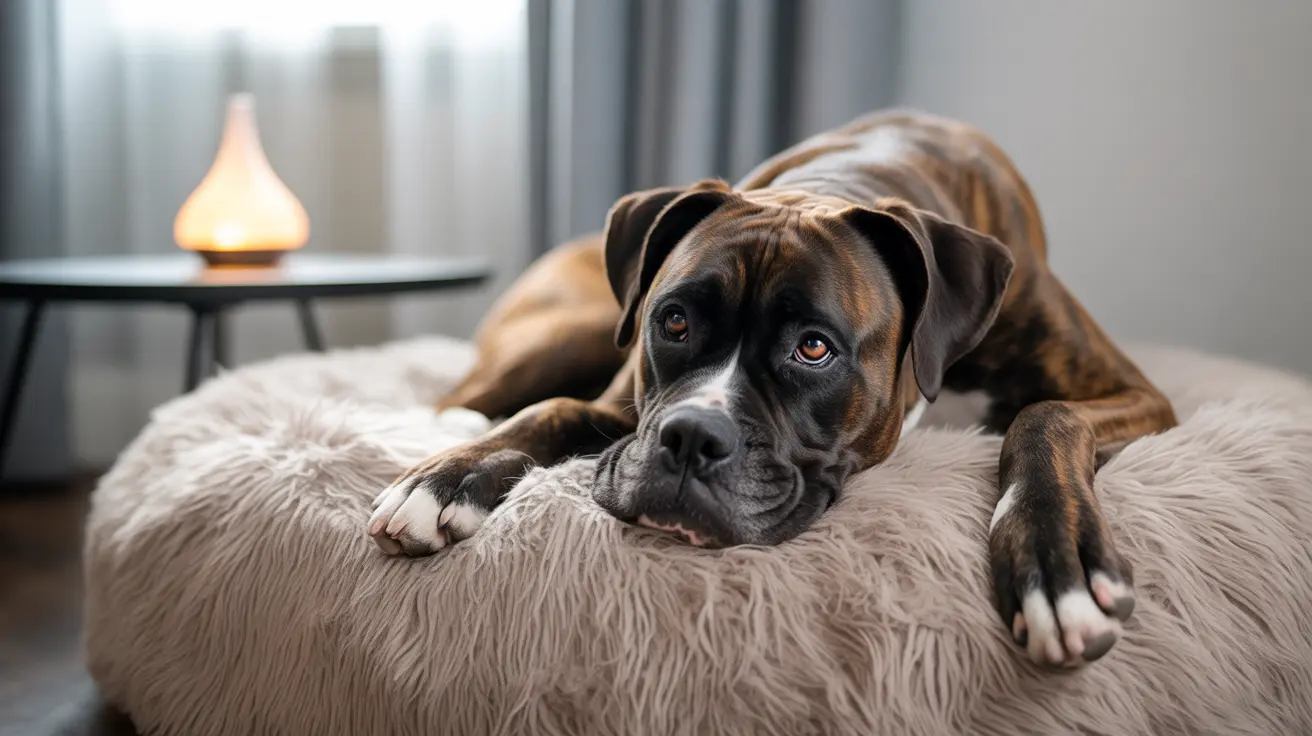The Evolutionary Origins of Mouth Licking
Dogs' mouth-licking behavior can be traced back to their wolf ancestors. Wolf pups would lick their mother's mouth to stimulate regurgitation of food after a hunt. This crucial survival mechanism has evolved into a complex social gesture in modern dogs.
Even today, puppies instinctively lick their mother's mouth during weaning, and this behavior becomes part of their social development. This early learning experience shapes how dogs will interact with others throughout their lives.
Social Hierarchy and Communication
One of the primary reasons dogs lick each other's mouths is to communicate submission or respect within their social group. This behavior often occurs when a dog encounters one they perceive as more dominant or senior in their social hierarchy.
The submissive dog typically approaches with a lowered head and gentle licking motions, signaling their peaceful intentions and acceptance of the other dog's higher status. This ritual helps maintain harmony within dog groups and prevents potential conflicts.
Bonding and Affection Signals
Mouth licking isn't always about hierarchy - it's frequently a display of affection and friendship between dogs who are comfortable with each other. This behavior releases endorphins in both participants, strengthening their social bond.
Dogs who regularly engage in mutual mouth licking often have strong, positive relationships. It's their way of maintaining social connections and expressing care for their canine companions.
Health and Information Gathering
Dogs use their sensitive noses and tongues to gather information about other dogs through mouth licking. This behavior allows them to detect details about the other dog's recent activities, health status, and emotional state.
Additionally, some dogs may lick others' mouths as part of social grooming, though it's important to note that dog saliva isn't actually antiseptic, contrary to popular belief.
When to Monitor Mouth-Licking Behavior
While mouth licking is generally normal and healthy, excessive or obsessive licking might indicate underlying issues. Watch for signs of stress in either dog, such as turning away, freezing, or showing signs of discomfort.
If one dog seems to be persistently licking another dog's mouth despite signs of avoidance, it may be necessary to intervene and redirect the behavior. This could indicate anxiety or other behavioral concerns that might need professional attention.
Frequently Asked Questions
Why do dogs lick each other's mouths during play or greetings?
Dogs lick each other's mouths during play or greetings as a friendly social gesture, stemming from puppy behavior where they would lick their mother's mouth for food and attention. It's often accompanied by other playful body language and helps establish positive interactions.
Does mouth licking between dogs show submission or respect in their social hierarchy?
Yes, mouth licking often indicates submission or respect in canine social hierarchy. The dog doing the licking is typically acknowledging the higher status of the other dog, helping maintain peaceful group dynamics.
How does licking another dog's mouth help with bonding and social communication?
Mouth licking promotes bonding by releasing endorphins in both dogs and serves as a form of non-verbal communication. It helps dogs express friendship, show respect, and maintain social connections within their group.
Can excessive mouth licking between dogs indicate anxiety or health issues?
Yes, excessive or obsessive mouth licking can signal anxiety, stress, or underlying health problems. If the behavior becomes persistent or one dog appears uncomfortable, it's important to monitor the situation and consult a veterinarian if necessary.
Is mouth licking in dogs related to grooming or hygiene habits?
While mouth licking can be part of social grooming behavior, it's primarily a social and communicative gesture rather than a hygiene practice. Dogs use this behavior more for bonding and information gathering than actual cleaning purposes.






